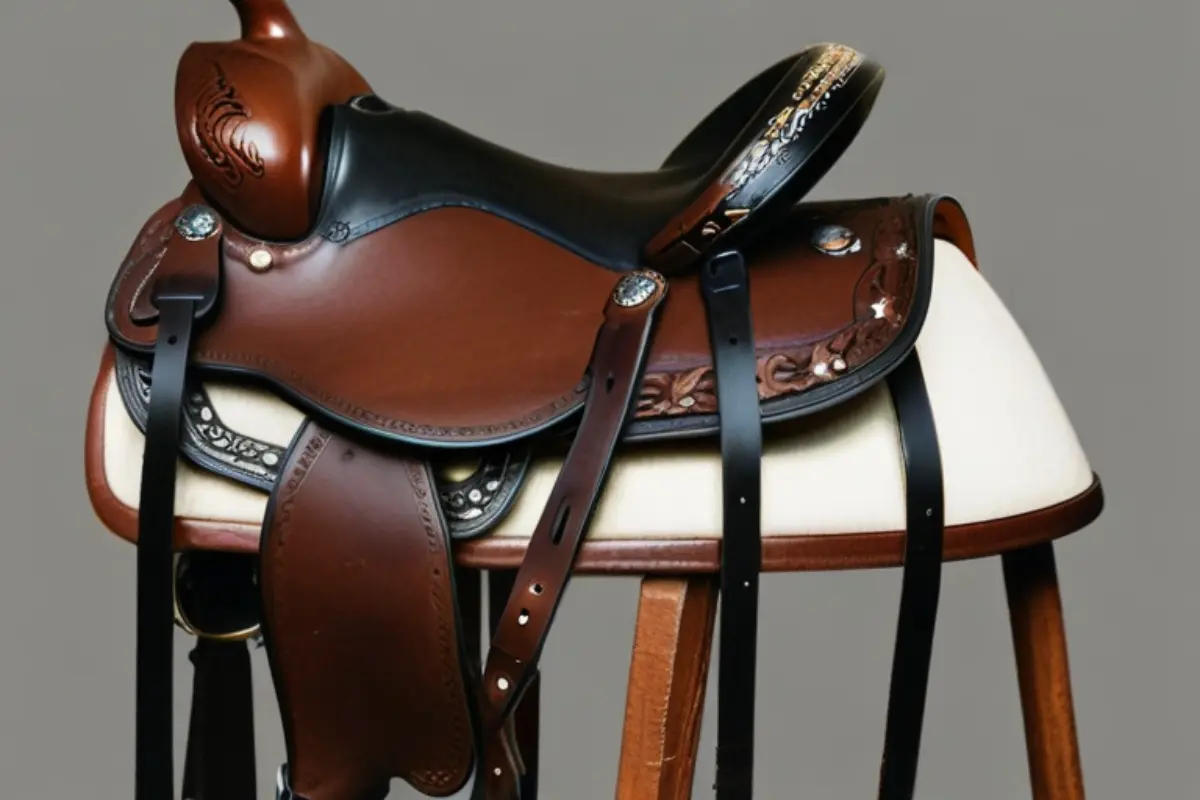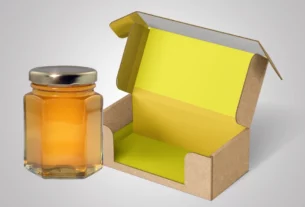Hey there, fellow horse enthusiasts! If you’re diving into the world of horseback riding or just curious about the gear that keeps us and our equine friends comfortable and secure, you’ve landed in the right place. Today, we’re going to talk about one of the most important pieces of equipment in the horse-riding world: the saddle. Yep, that’s right, that beautiful piece of craftsmanship that sits between you and your horse’s back. Let’s explore everything you need to know about horse saddle.
The Basics: What Is a Horse Saddle?
A horse saddle serves as a supportive structure for a rider or cargo, securely fastened to the animal’s back by a girth. It’s essentially the interface between you and your horse. The saddle has to fit both the horse and the rider perfectly, which can be quite a challenge given the variety of horse breeds and human body types out there.
Anatomy of a Saddle
Before we delve into the types and fittings, let’s get acquainted with the parts of a saddle. Here’s a quick rundown:
- Tree: The framework providing the saddle’s shape.
- Seat: Where the rider sits.
- Pommel (or Fork): The front part of the saddle.
- Cantle: The back part of the saddle.
- Gullet: The space under the pommel, between the bars of the saddle tree.
- Fenders: The broad pieces of leather hanging down the sides.
- Stirrups: Where you place your feet.
- Flaps: The large pieces of leather on either side of the saddle.
- Girth (or Cinch): The strap that goes under the horse’s belly to secure the saddle.
Understanding these parts is essential as we move on to different types of saddles and how to choose the right one.
Types of Horse Saddles
There are several types of saddles, each designed for specific riding styles and activities. Let’s break down the main categories:
English Saddles
1. All-Purpose Saddle: This is a versatile saddle suitable for various riding activities like jumping, dressage, and trail riding. It’s great for beginners because of its balanced design.
2. Dressage Saddle: Designed for the discipline of dressage, these saddles have a deeper seat and longer, straighter flaps to allow for the rider’s leg to be more in contact with the horse’s sides.
3. Jumping Saddle: As the name suggests, these saddles are used for jumping events. They have a flatter seat and shorter flaps, allowing the rider to get into a two-point position easily.
4. Endurance Saddle: Built for comfort during long rides, these saddles often have extra padding and a design that distributes the rider’s weight evenly.
Western Saddles
1. Trail Saddle: Designed for comfort during long rides, trail saddles usually have a padded seat and sturdy construction to support the rider and horse over various terrains.
2. Roping Saddle: These saddles are heavier and sturdier, designed to withstand the stresses of roping cattle. They have a strong tree and a horn to secure the rope.
3. Barrel Racing Saddle: These are lightweight, with a deep seat and high cantle to keep the rider secure while making quick turns.
4. Cutting Saddle: Specifically designed for the sport of cutting, these saddles allow the rider to stay balanced while the horse makes quick movements to separate a cow from a herd.
How to Choose the Right Saddle
Now that you know about the different types of saddles, how do you choose the right one? Here are some key factors to consider:
Fit for the Horse
1. Tree Size: The saddle tree must fit the horse’s back properly to avoid discomfort or injury. The tree width should match the horse’s withers (the ridge between the shoulder blades).
2. Gullet Width: The gullet should clear the horse’s spine by about two to three fingers’ width. A too-narrow gullet can pinch, while a too-wide gullet can cause the saddle to sit on the horse’s spine.
3. Panel Contact: The panels of the saddle should rest evenly on the horse’s back. Uneven contact can cause pressure points and sores.
Fit for the Rider
1. Seat Size: The seat should fit the rider’s body size. When seated, there should be about a hand’s width between your body and the cantle.
2. Flap Length: The flap length should accommodate the length of the rider’s leg. Longer legs typically need longer flaps.
3. Comfort: It’s crucial that the saddle feels comfortable to you. Try different saddles to see which one allows you to maintain a balanced and comfortable position.
Riding Style
Consider the primary activities you’ll be doing. If you’re into multiple disciplines, an all-purpose saddle might be a good start. If you have a specific focus, choose a saddle that’s designed for that activity.
Taking Care of Your Saddle
Investing in a saddle is significant; hence, caring for it is crucial to ensure longevity and maintain its condition. Here are some tips:
Cleaning
Regular cleaning is crucial. Wipe down your saddle with a damp cloth after each ride to remove dirt and sweat. Use a leather cleaner and conditioner periodically to keep the leather supple and prevent it from drying out and cracking.
Storage
Store your saddle in a cool, dry place. Avoid direct sunlight, which can fade and damage the leather. Utilize a saddle cover to shield it from dust and dirt.
Inspection
Regularly inspect your saddle for any signs of wear and tear. Check the stitching, billets, and girth straps. If you notice any damage, get it repaired promptly to avoid further issues.
Common Saddle Problems and Solutions
Even with the best care, you might encounter some common saddle issues. Here are a few and how to address them:
Saddle Slipping
If your saddle tends to slip forward or backward, it might be a sign that the fit isn’t quite right. Ensure your girth is tightened properly and consider using a breastplate or crupper to keep the saddle in place.
Pressure Points
Pressure points can cause discomfort and injury to your horse. Check for uneven wear on the saddle pads and consult a saddle fitter if you notice any problems.
Squeaky Saddle
A squeaky saddle can be annoying. Often, this is due to dry leather or loose parts. Condition the leather thoroughly and tighten any loose screws or bolts.
Getting Professional Help
If you’re unsure about fitting your saddle or have any concerns, don’t hesitate to seek professional help. A certified saddle fitter can assess both you and your horse to ensure the saddle fits perfectly. They can also make necessary adjustments and provide advice on the best saddle for your needs.
Final Thoughts
Choosing the right saddle is a blend of science and art. Understanding your horse’s anatomy, your riding style and some trial and error are necessary. But once you find that perfect saddle, it can make all the difference in your riding experience, providing comfort and security for both you and your horse.
Remember, a well-fitted saddle is not just a piece of equipment; it’s a bridge that connects you to your horse, fostering a bond of trust and understanding. Take your time, conduct research, and don’t hesitate to seek assistance. Your horse will thank you, and your rides will be all the more enjoyable for it.


